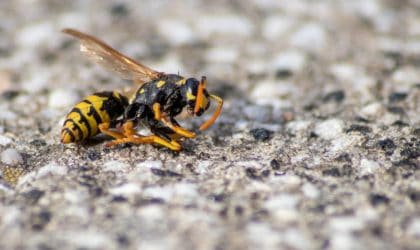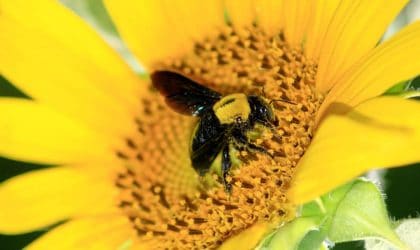Which Hornets Live in the Ground? Wasps that Live Below Ground
Got stung on your feet? To be sure, it’s best to identify which insect did it. So which hornets live in the ground? Find out here.

Have you ever had the unfortunate experience of walking over something and with a blink of an eye, suddenly feel painful stings on your legs?
You might have stepped on hornets on the ground.
These bugs can live almost anywhere, including the dirt underneath our feet. But it’s not just them that live there. There are other insects that have this habit too. So to understand what actually stung you, it’s best to identify the insect first.
And what better way is there than to answer the question Which hornets live in the ground?
Not all Hornets Build Homes Underground
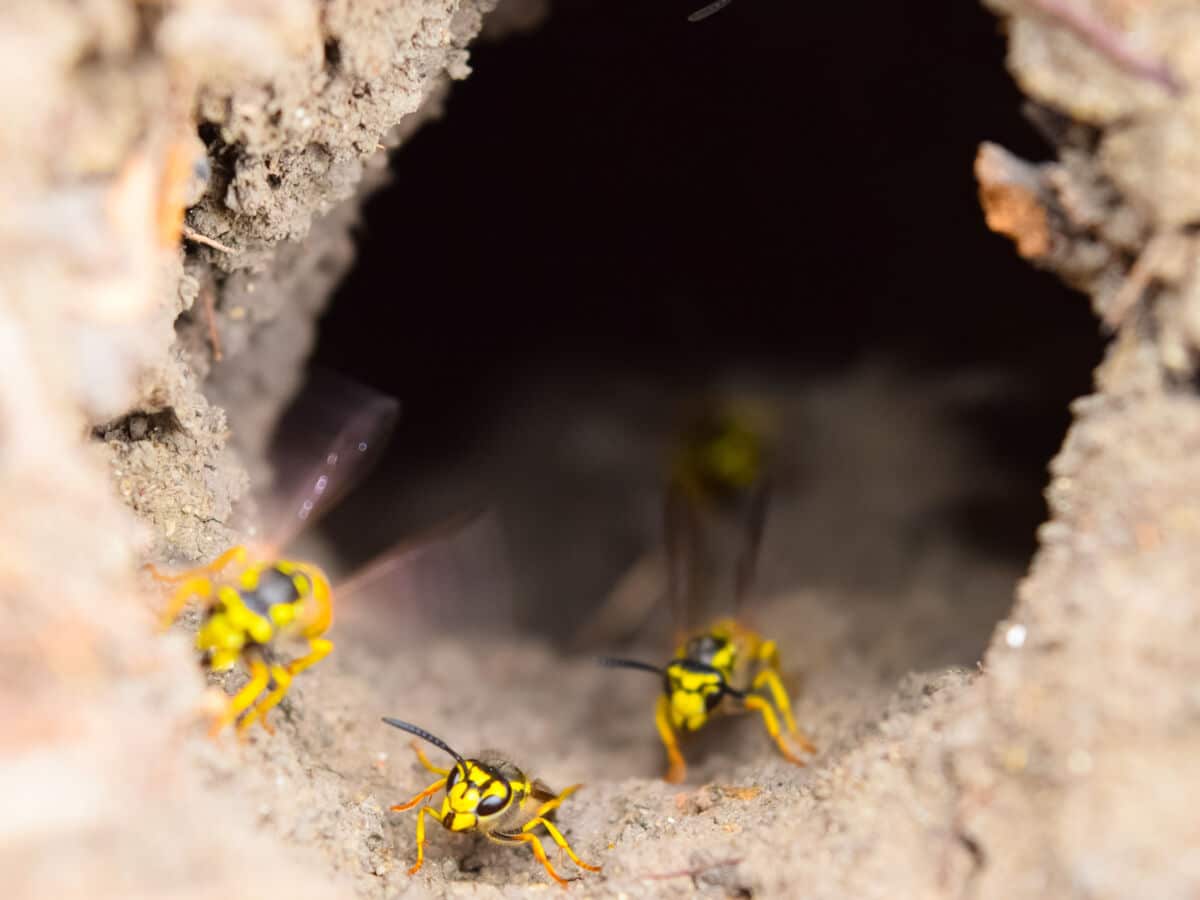
Nesting in the ground depends on at least two factors.
One, not all hornets do this because some species have adapted to only build nests on elevated places. So some of them prefer trees and ceilings rather than dirt.
And two, hornets won’t be able to build nests if there’s no preexisting burrow to begin with. These holes could occur naturally, or they could be made by other animals. So, hornets need mice, raccoons and other rodents because they create and conveniently abandon burrows for them to use.
Related: Hornet nest removal – Steps to take, tips to keep in mind.
Wasps that Nest Underground
As we’ve mentioned earlier, hornets are not the only wasps that live below the ground. Since the ground offers advantageous protection from predators and the elements, there are other insects that do the same thing, and most of them are even mistaken as hornets.
Yellowjackets
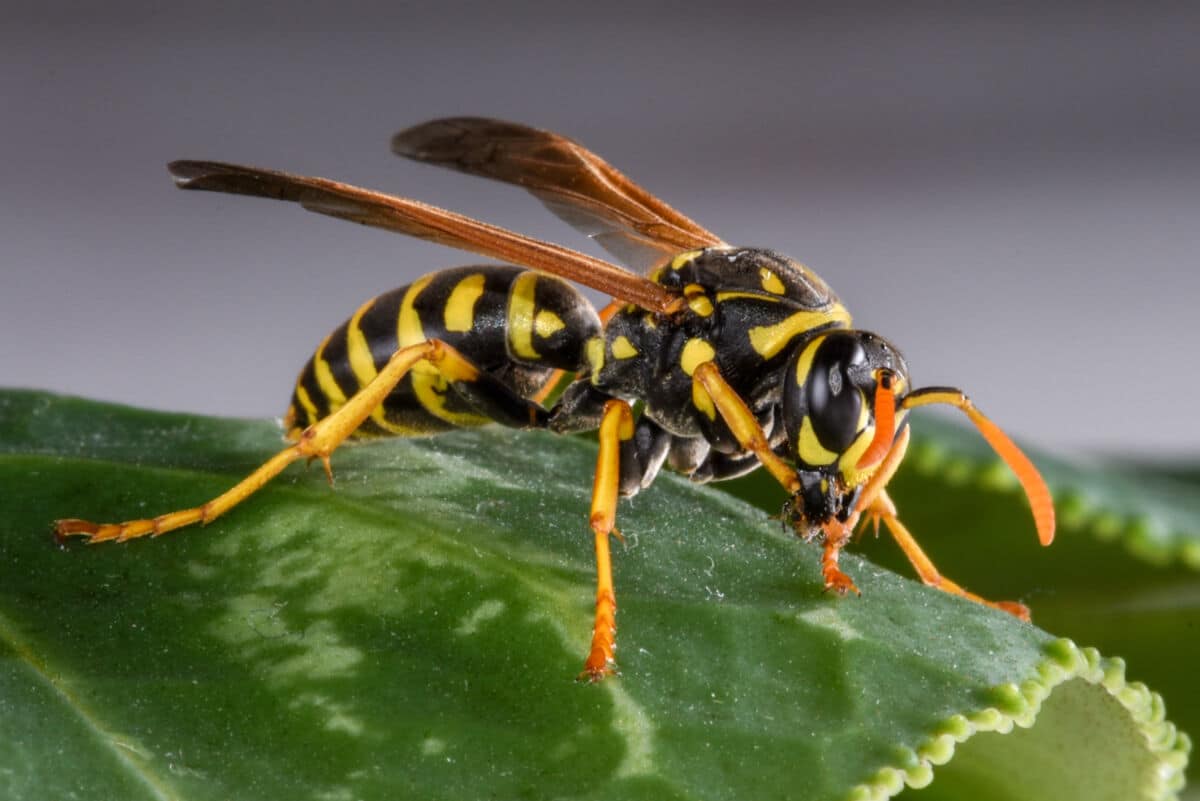
Yellowjackets love to build their homes underground. The Eastern Yellowjackets or Vespula maculifrons, for example, excavate soil from already existing holes to enlarge the cavity inside and to make room for a growing colony.
Although very different, these bugs are often mistaken as hornets. That’s because they’re closely related. They both belong to the Vespidae family, a classification of insects that have longitudinally folded wings when they’re at rest and pronotums that extend back to the tegulae, appearing like a triangle from a lateral point of view.
Yellowjackets and hornets also have very similar colors and patterns. They both have those all-familiar black and yellow stripes all over their abdomens even though the hornets have a bit of red and orange on their head and thorax.
Digger Wasps
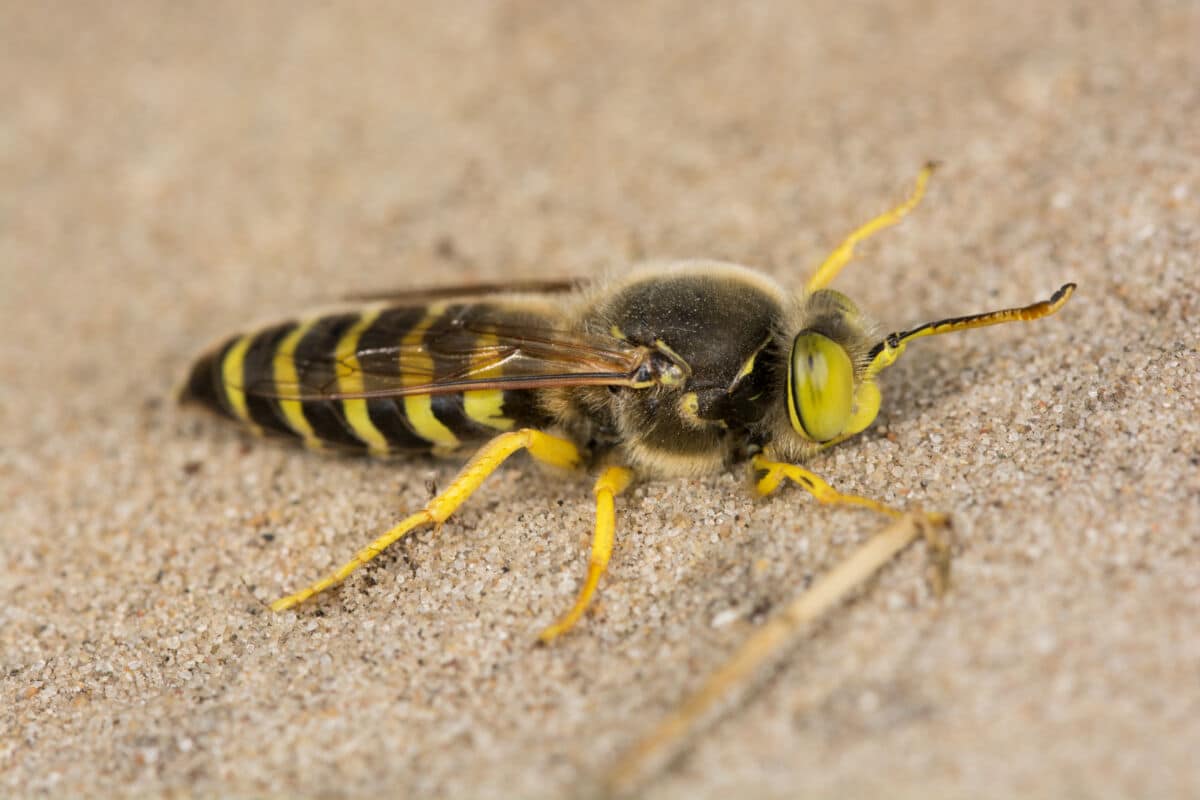
A digger wasp is a name given to any wasp that belongs to the families Crabronidae and Sphecidae. Their name says it all. They rely on the dirt for food storage, shelter and protection.
Digger wasps have the same characteristics as any other wasp. They have two pairs of wings and unique waists. Some have an incredibly narrow segment that connects their thorax and abdomen while others don’t have waists at all.
Additionally, some digger wasps are social. Meaning, they build colonies, have queens and work together to thrive. Others are solitary where a female raises her grubs on her own, in an ground nest that’s sometimes no bigger than our fingers. These solitary wasps make up most of the ground wasp order.
Cicada Killer
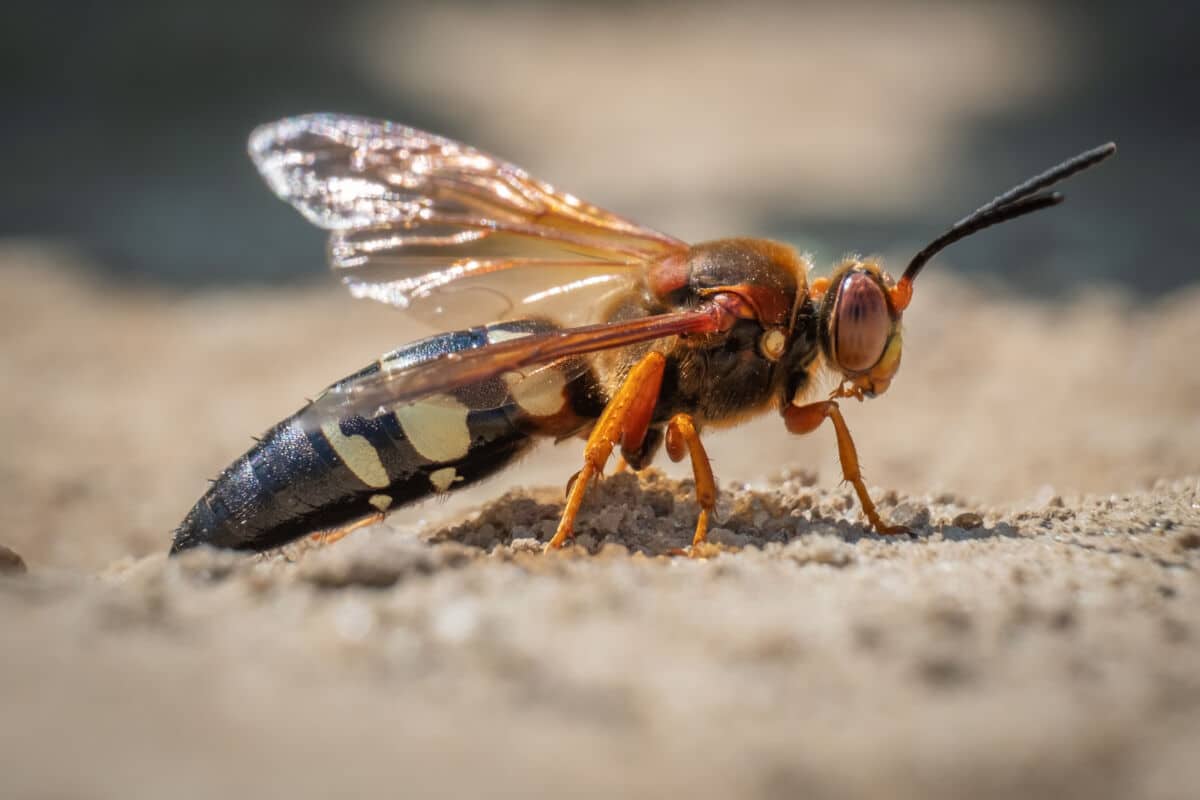
Cicada killers look like hornets because of their color. CC Image courtesy of Chuck Holliday on Wikipedia
The cicada killer (Sphecius speciosus) is a popular type of digger wasp that’s also mistaken to be a hornet. That’s because it looks so much like it. It also has yellow and black patterns on its abdomen, and it can grow to be as big as half of an adult’s finger.
Cicada killers got their name from their diet. Once they settle in an area, they hunt down cicadas and help control their population, benefitting the trees that the cicadas feed on.
Additionally, these wasps are solitary. They prefer not to work with other bugs within their own species. A female raises her young inside burrows that she digs herself.
So that’s it for answering the question Which hornets live in the ground? Remember that they’re not all hornets. But we hope you’ve found something to identify what’s currently near you.
Share this post
Save time and money on pest control
Subscribe to expert DIY pest control tips, pest control product reviews and information.


